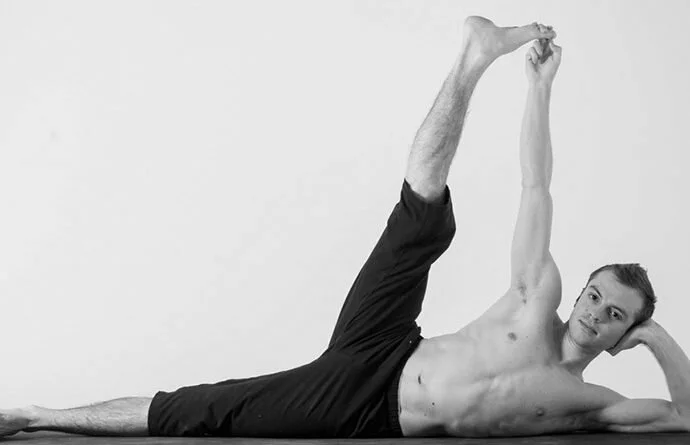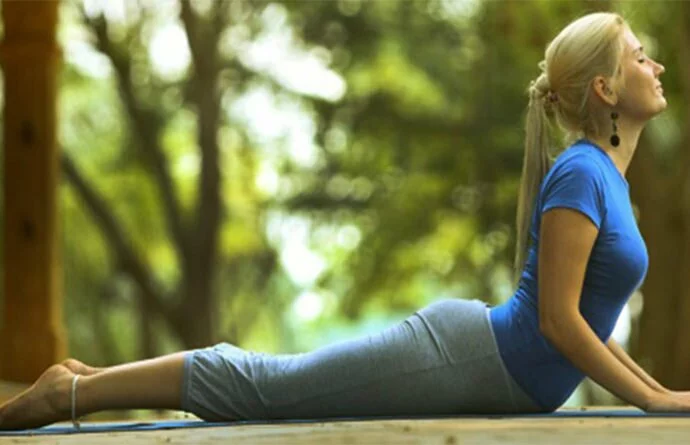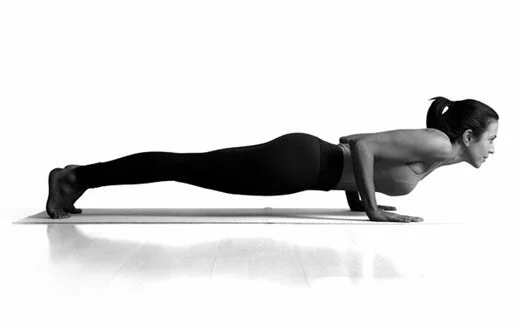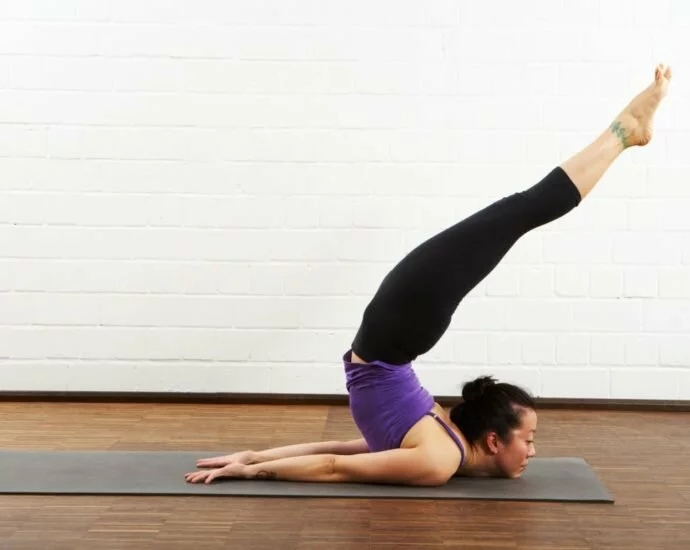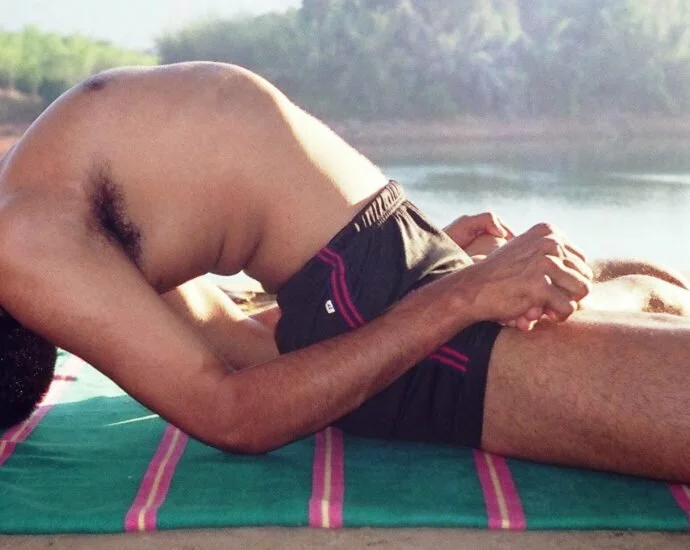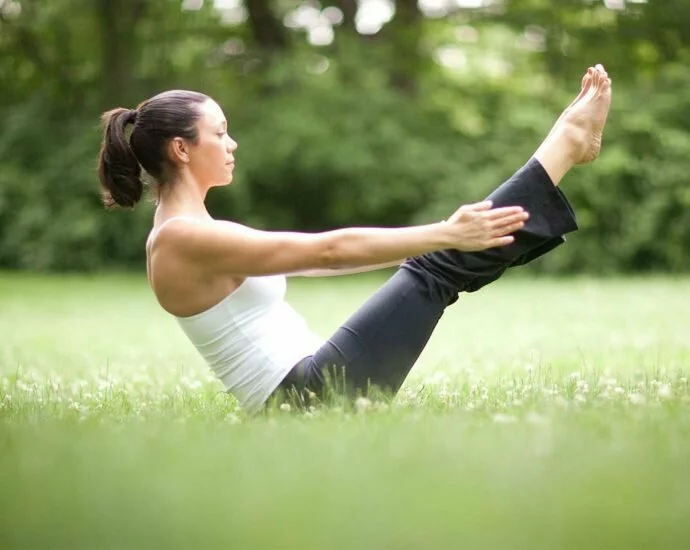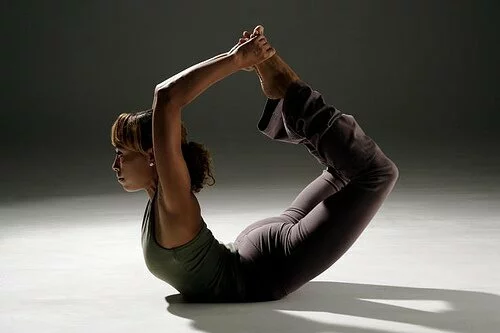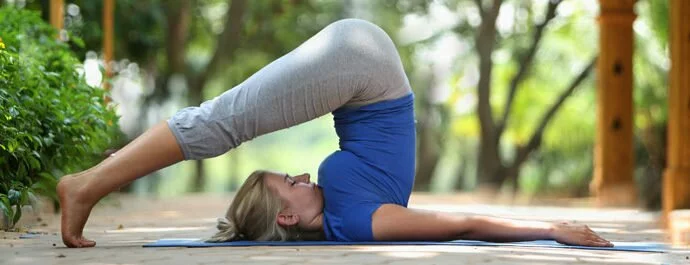Urdhva mukha svanasana (ऊर्ध्वमुखश्वानासन)
Ūrdhva mukha śvānāsana (Sanskrit: ऊर्ध्वमुखश्वानासन; Sanskrit pronunciation: [urd̪ʱhvə mukʰə ɕʋɑːn̪ɑːs̪ən̪ə]; IAST: Urdhva mukha śvānāsana) or Upward Facing Dog Pose is an asana. The name comes from the Sanskrit words ūrdhva meaning “up”, mukha meaning “face”, śvān meaning “dog” and āsana (आसन) meaning “posture” or “seat”. Step by Step:- Lie proneContinue Reading



